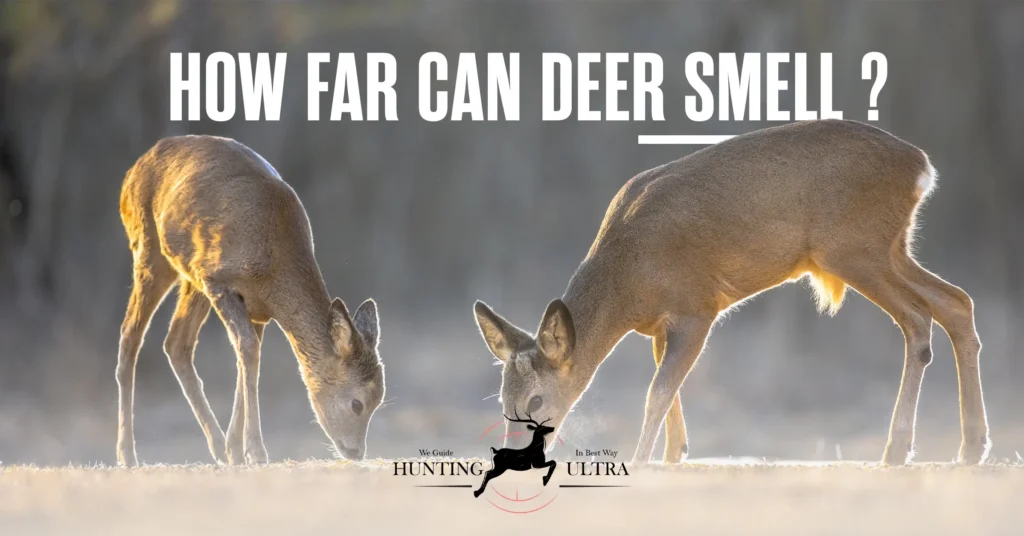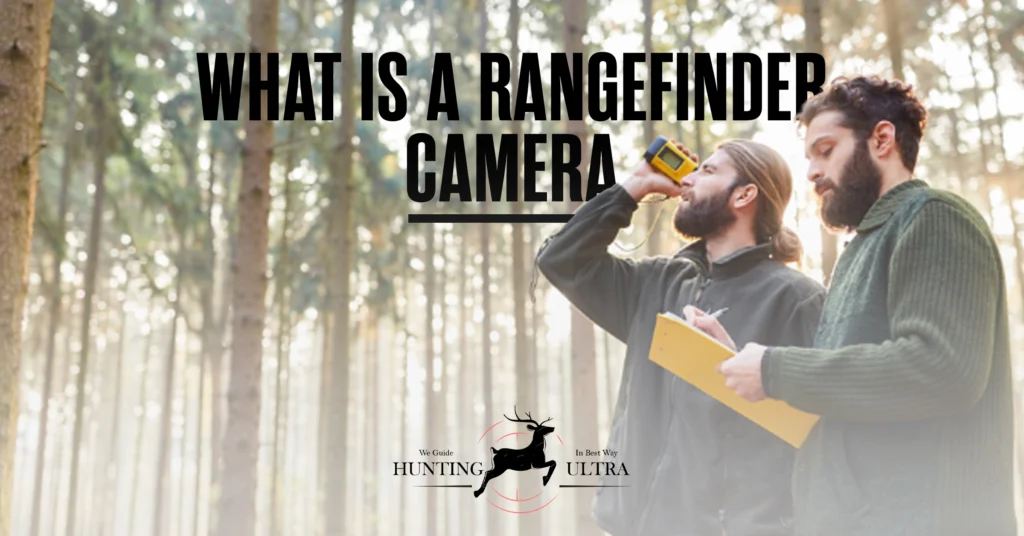Deer, those elegant creatures of the wild, have long been revered for their graceful presence in our forests and meadows. But beneath their gentle exterior lies a remarkable talent that often goes unnoticed: their extraordinary sense of smell. Have you ever wondered just how far deer can smell? Buckle up, folks, because we’re about to embark on an adventure through the olfactory wonders of these majestic animals!
How Far Can Deer Smell: The Basics
Before we dive into the nitty-gritty details, let’s start with the fundamentals. When it comes to scent detection, deer are in a league of their own. Here’s what you need to know:
1. Unparalleled Olfactory Abilities
Deer possess one of the most acute senses of smell in the animal kingdom. They can detect scents at incredible distances, making their olfactory prowess a vital tool for survival.
2. Factors Influencing Scent Detection
Several factors influence how far a deer can smell, and we’ll delve into each one throughout this article. These include wind direction, weather conditions, and the type of scent.
The Impact of Wind Direction
Ah, the wind! It can be a deer’s best friend or worst enemy when it comes to smelling things from afar. Understanding the wind’s role in scent detection is crucial.
Deer’s Scent Detection & Wind Direction
- The Wind’s Whims: Deer are masters at using the wind to their advantage. When a deer detects a scent, it will instinctively position itself downwind from the source. This allows them to catch whiffs of potential danger or delicious food from astonishing distances.
- Scent in the Breeze: A deer’s nose can detect scents carried by the wind from up to a mile away, especially when the wind is steady and in their favor.
- The Sneaky Stink: If a deer detects a human scent or the scent of a predator carried by the wind, it’s game over for the stealthy hunter. Their keen sense of smell often foils our best-laid plans!
How Weather Conditions Affect Scent Detection While Hunting
Deer’s sense of smell isn’t just influenced by the wind; weather conditions play a significant role too. Let’s break it down:
1. Rainy Days and Scent Decay
Rain may be a blessing for farmers, but it’s a curse for those hoping to sneak up on a deer.
- The Washout Effect: On rainy days, scents tend to dissipate more rapidly due to the moisture in the air. This makes it challenging for deer to pick up distant scents, reducing their effective range.
- The Silent Approach: When it rains, deer are less likely to detect a human presence, making it a prime time for hunters and wildlife enthusiasts to get up close and personal.
2. Cold Weather and Enhanced Smell
Cold weather isn’t just about bundling up; it can also mean an uptick in a deer’s scent-detecting prowess!
- Nose in Overdrive: In colder temperatures, a deer’s olfactory senses are heightened. The crisp, cool air allows scents to linger longer, making it easier for them to pick up on distant smells.
- Winter Wonderland: During the winter months, deer heavily rely on their sense of smell to locate food buried beneath the snow. Their extraordinary sniffing abilities are a matter of life and death in these harsh conditions.
The Scent of the Matter: Types of Scents Deer Can Detect
Not all scents are created equal, and deer have their favorites. Here’s a glimpse into the types of scents that can catch a deer’s attention from a distance:
1. Food Scents
Deer have an uncanny ability to detect the aroma of potential food sources. They can pick up on the scent of a freshly dropped acorn, a patch of clover, or even a hidden cornfield.
- The Dinner Bell: The scent of a delectable meal can lure a deer from hundreds of yards away. It’s a culinary calling that’s hard to resist!
2. Danger Scents
On the flip side, deer are equally skilled at detecting danger. This includes the scent of predators like wolves or humans on the prowl.
- The Sixth Sense: When a deer catches a whiff of danger, its heightened sense of smell acts as an early warning system. It allows them to bolt for safety long before they see the threat.
3. Scent Trails
Deer can follow scent trails left behind by other deer or animals. This is especially useful during the rut, the deer’s breeding season, when males trail potential mates.
- The Love Trail: Male deer, or bucks, use their sense of smell to track the scent of a receptive female, or doe, during the rut. This leads to intense competitions between bucks as they vie for the affection of a particular doe.
Ways to Use a Deer’s Sense of Smell Against Them
When deer hunting, many hunters will use the animal’s sense of smell against them. The following are some ways to do this:
- Scent-based lures: These lures mimic the smells of a doe in heat or other scents that are attractive to bucks. By using these lures, hunters can attract deer to their location.
- Scent-masking sprays: These sprays help to mask the hunter’s scent from the deer. This can be helpful in getting closer to the animal for a better shot.
- Decoys: By using decoys that emit smells, hunters can again attract deer to their location. This can be helpful in getting multiple animals within range.
What Colors Can Deer See? [Updated 2023]
Conclusion
So, there you have it, folks! The remarkable world of a deer’s sense of smell unveiled before your eyes. From detecting scents carried by the wind to navigating the challenges of weather conditions, these magnificent creatures rely on their extraordinary olfactory abilities for survival.
The next time you venture into the woods or spot a deer grazing in a field, take a moment to appreciate the incredible gift of scent detection that these animals possess. It’s a reminder of the intricate and awe-inspiring world of nature that surrounds us, often hidden in plain sight. So, the next time you wonder, “How far can deer smell?” remember that their sense of smell knows no bounds, and it’s a testament to the wonders of the animal kingdom.
And if you ever find yourself in pursuit of that elusive deer, remember that they can smell you from afar, so tread lightly, and may the wind be in your favor.
Frequently Asked Questions (FAQs)
How far can Deer smell?
Deer have a keen sense of smell and can detect odors from great distances. Studies have shown that deer can detect odors up to 1/4 mile away. Deer use their sense of smell to locate food, avoid predators, and find mates. Their long snouts and large nostrils help them to take in large amounts of air and pick up subtle scents.
How do Deer use their sense of smell?
Deer primarily use their sense of smell to identify potential threats and locate food sources. By picking up on faint scents, they are able to stay safe from predators and find the nourishment they need to survive.
What is the most important thing for deer to smell?
The most important thing for deer to smell is the scent of other deer. This helps them identify potential mates, avoid rivals, and determine which areas are safe to travel in.



